
The Latino sound that colonized New York
Latin America is synonymous with miscegenation. It's music is one of the most distinctive expressions due to its African heritage and other origins. The…
In the middle of the 20th century, even earlier, New York became a destination for musicians from different latitudes on the continent. Puerto Ricans, Dominicans, Cubans, Panamanians, Venezuelans, Colombians... some arrived with the expectation of recording for a record label. Others, with dreams under their arms.
That migration was not free. The conditions in their countries of origin were not the best and the United States offered at least the dream of having a better life. In New York, emerging neighborhoods brought communities together from different nationalities.
For some, Mexico had been an obligatory stopover for the music industry, barely comparable to the United States.
Perhaps the one who opened the way in the United States was the Cuban Mario Bauzá, who after learning about the musical scene in New York, decided to stay forever in 1930. In 1940, with his brother-in-law Machito, also Cuban, they created the Afro-Cubans, and he was its musical director.
They achieved a sound of son montuno with swing and it was the birth of Latin jazz. Bauzá and Machito's audiences were primarily Puerto Ricans from Harlem, but they also reached the white clubs of Manhattan.
RELATED CONTENT
In the 1940s, Cuban conga players Chano Pozo, Mongo Santamaría and Cándido Camero arrived in New York, adding more flavor to jazz. Even Pozo was part of the Dizzy Gillespie band.
In the 50s, the novelty was mambo, which Dámaso Pérez Prado also made popular in Mexico. But in New York, the force was carried out by the so-called Mambo Kings: Machito, Tito Rodríguez and Tito Puente. With their big bands, they were the protagonists on a stage that symbolized the impact of Latin music: the Palladium, a dance hall on West 53rd Street and Broadway, where people went to enjoy mambo, rumba and cha-cha.
They were the big leagues of Latin music that gradually adapted to the reality of New York and had lyrics that interpreted the pains and joys of a multicultural community. The list is long, but they were decisive for the evolution of the music movement towards salsa — a way of labeling all the Caribbean rhythms that impacted New York and other cities in the United States.
Panama's Rubén Blades said in an interview that salsa “served as a means of union between the different manifestations that make up Latin American culture in New York. A dance hall brought together all nationalities and that cultural solidarity that we so much need was manifested there.”
The biggest explosion of salsa occurred between the 60s and 80s, among other things due to the creation of Fania Records in 1964 by Dominican musician Johnny Pacheco and Jerry Masucci, who recruited many young Latin musicians such as Héctor Lavoe, Willie Colón, Blades and Cheo Feliciano. They were the beginnings of Richie Ray and Bobbie Cruz, the heyday of Eddie and Charlie Palmieri, Celia Cruz, Larry Harlow and Ray Barreto.
The Caribbean did its job and left an indelible mark on the heart of Latino culture in the United States.


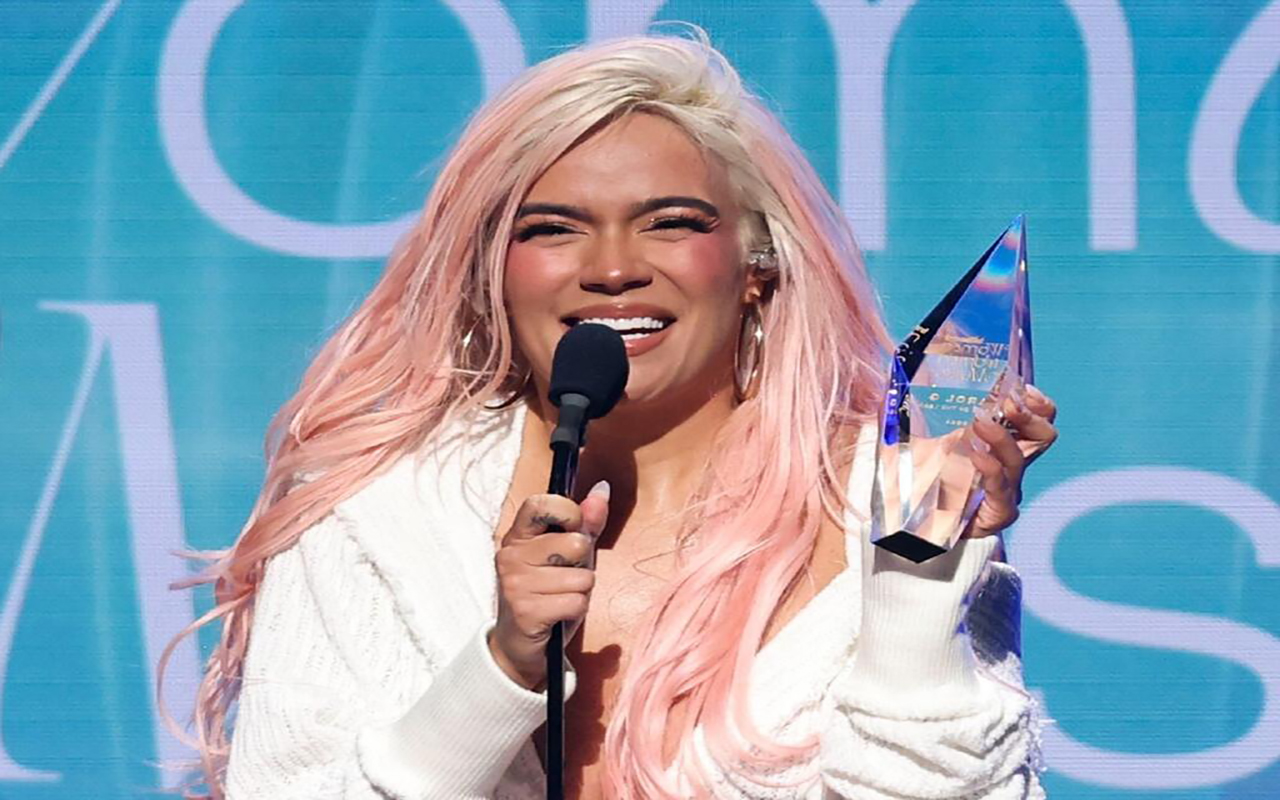

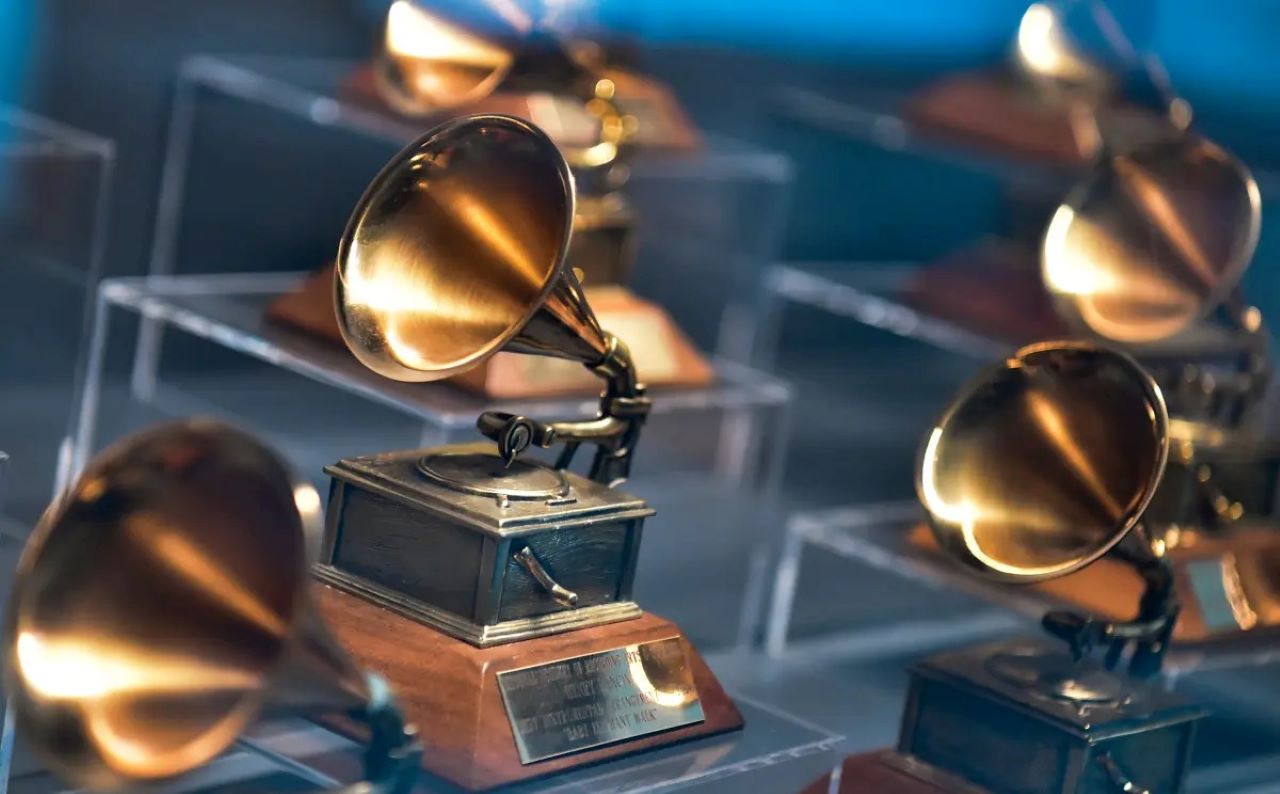
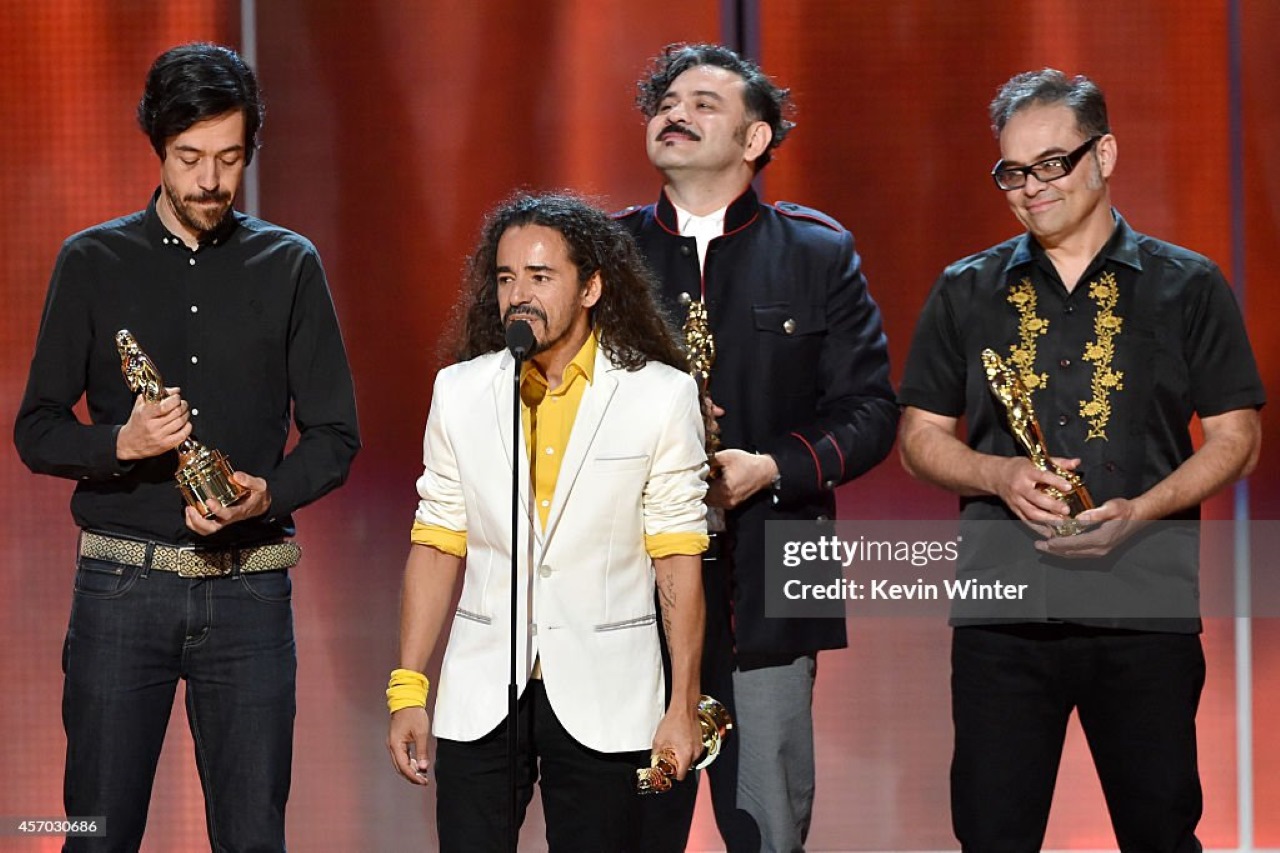
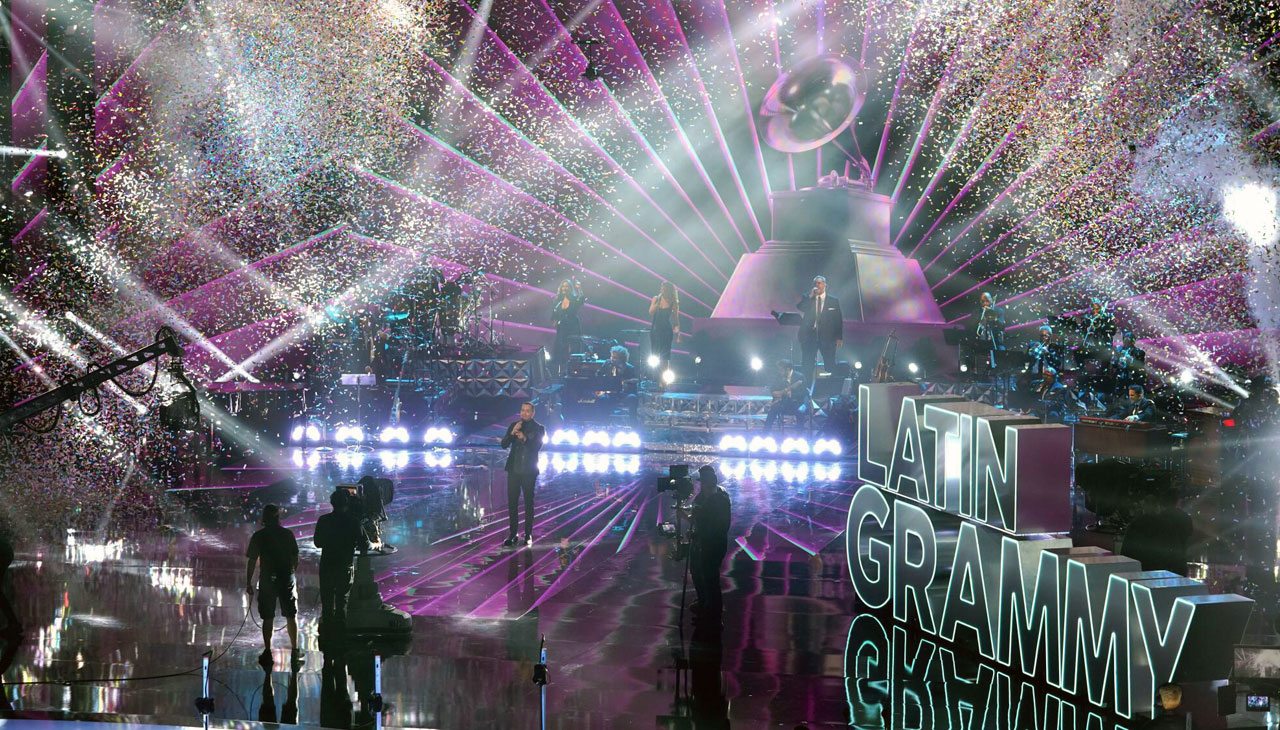


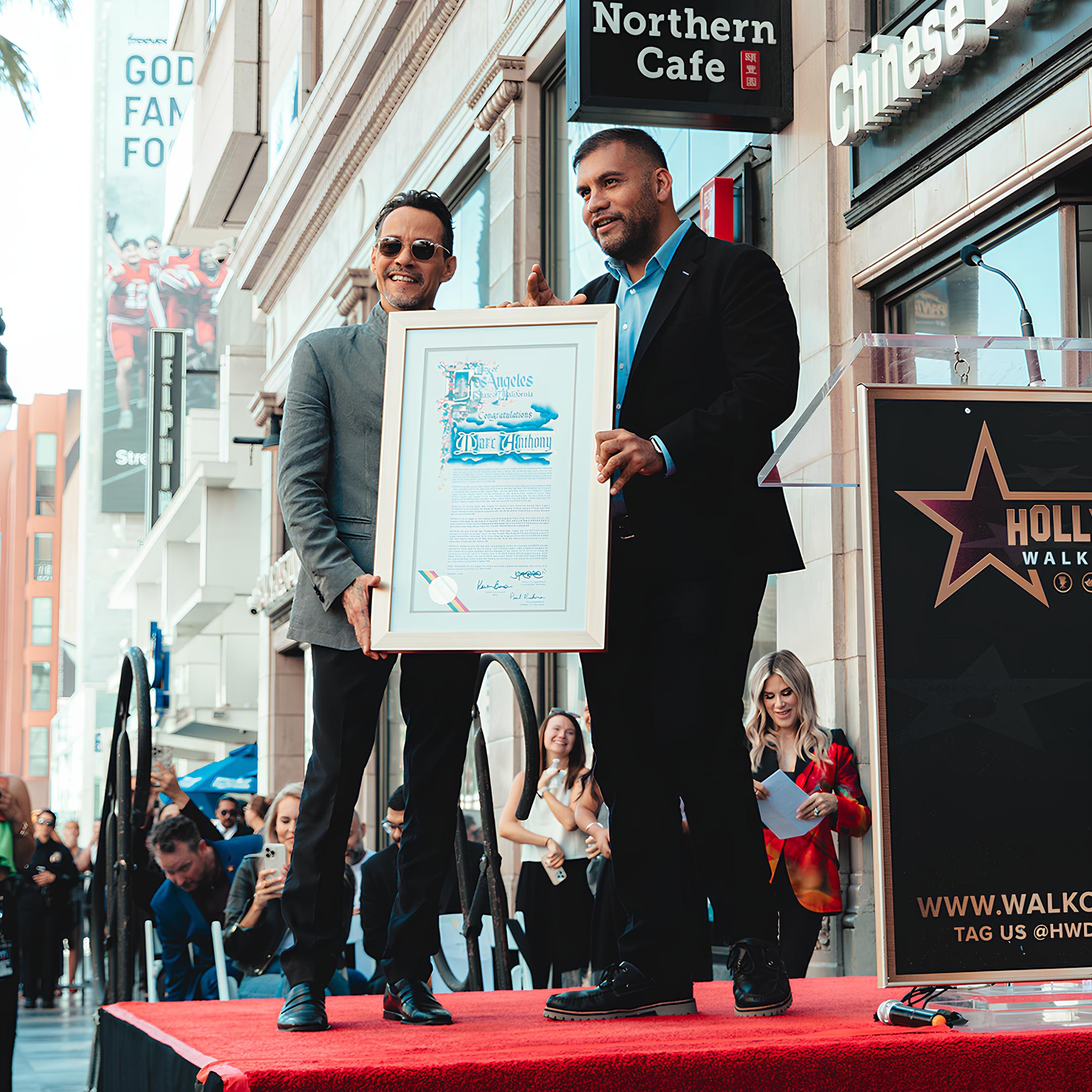

LEAVE A COMMENT:
Join the discussion! Leave a comment.